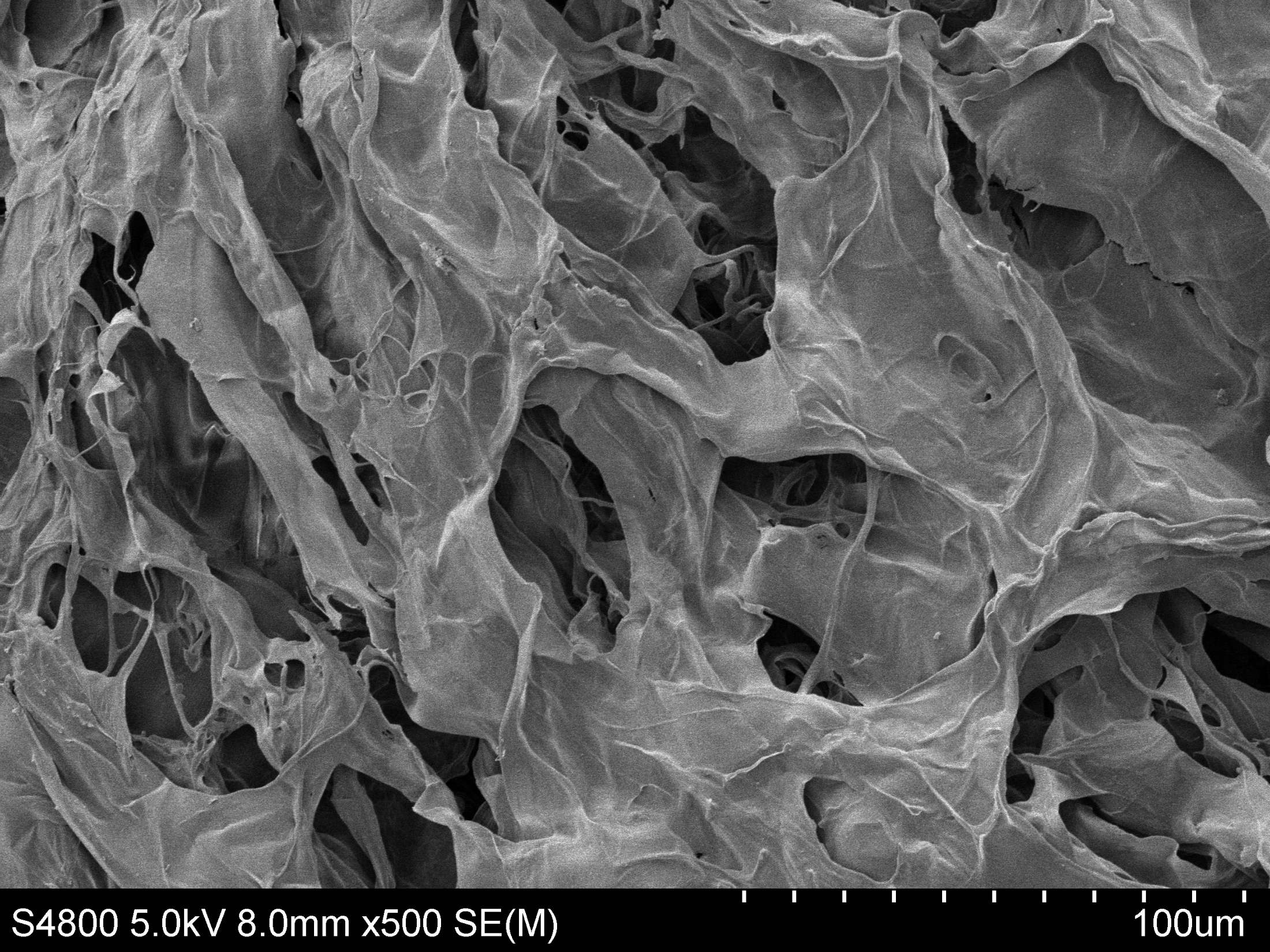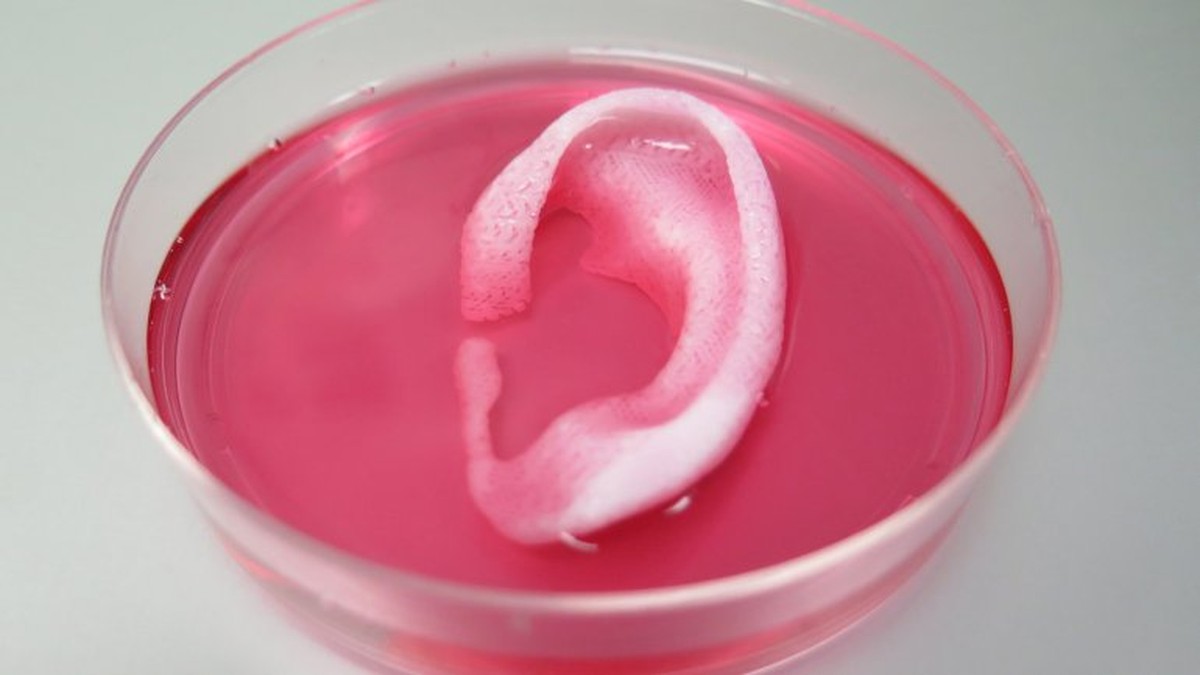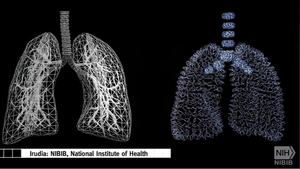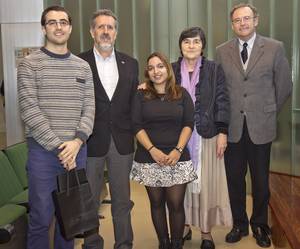They propose how to create better supports for the manufacture of artificial human tissues
2016/02/02 Etxebeste Aduriz, Egoitz - Elhuyar Zientzia Iturria: Elhuyar aldizkaria

Researchers from UPV-EHU and the University of Oxford propose a new strategy for the best transport of oxygen and nutrients in artificial human tissues. The key is in the structure of textile supports.
For the manufacture of artificial organs and tissues, nanoscaffolding is used as a support for cell growth. And one of the great challenges is to transport well the oxygen and food necessary for cells to function. “Scaffolds are placed in the place where the damaged tissue needs to be replaced, for example, if the patient has lost a piece of bone, the hole is filled with a scaffold that mimics the properties of the bone. In these scaffolds the cells grow naturally, sometimes with growth factors”, explains researcher Eneko Axpe. The problem is that the number of cells in tissues is huge (about 1 billion cells per 100 grams) and “all cells should breathe and feed. If not, they die and no new tissues are created."
Well, Axpe and his colleagues have come to the conclusion that one of the keys to transporting oxygen and nutrients is the intermolecular hollows of scaffolding. The strategy they propose is to increase these margins by facilitating the diffusion of oxygen and food. For this purpose, biopolymer scaffolds have been used in the txitosa. Chitosan has been added carbon nanotubes, which allows to freely modify the intermolecular gaps.

Gai honi buruzko eduki gehiago
Elhuyarrek garatutako teknologia






